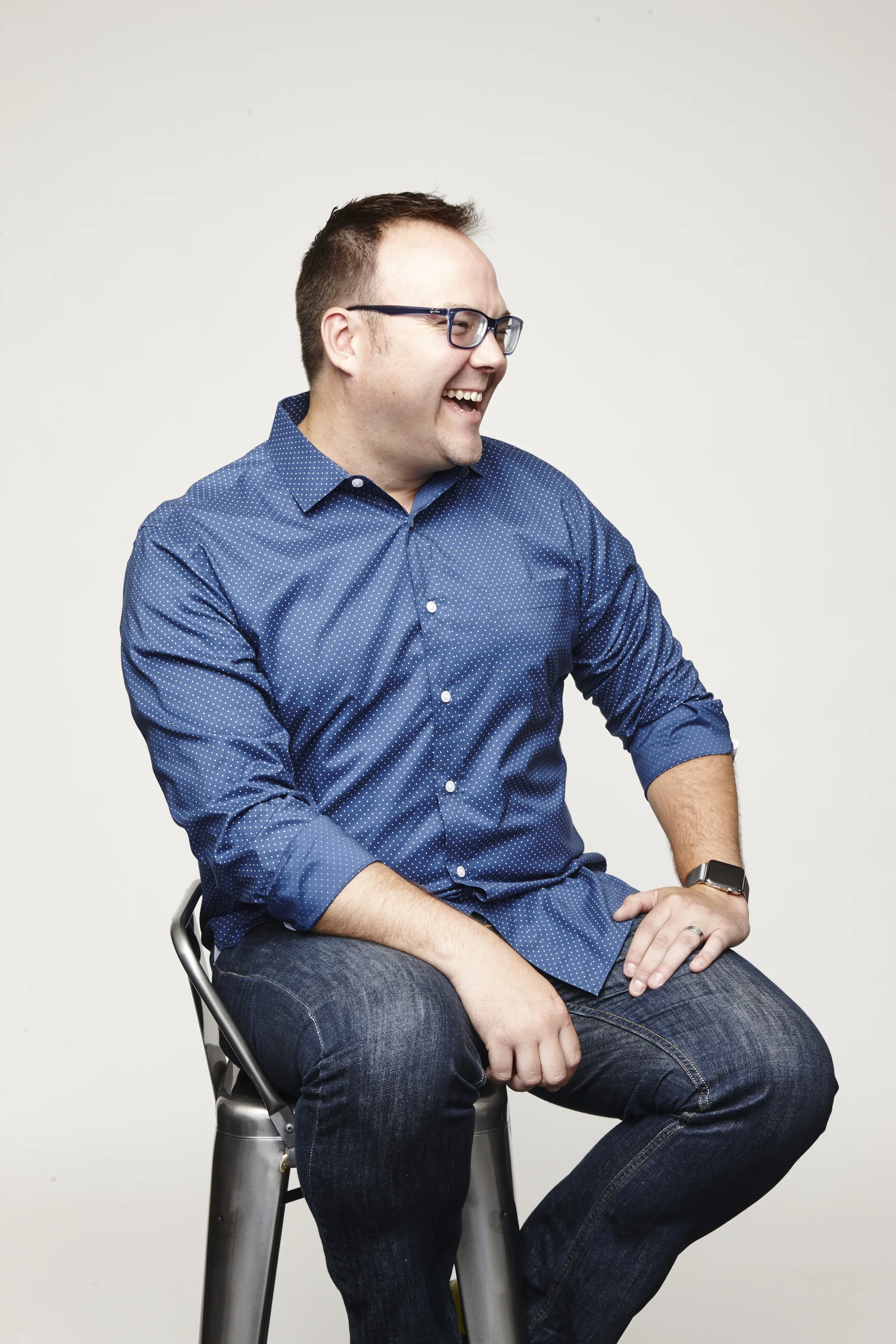

Eric Spaulding
Design leader in interaction & behavior design, product leader,
writer, saxophonist, IDEO & Airbnb alum, dad, penguin rescuer
SCROLL DOWN
Eric Spaulding
Design leader in interaction & behavior design, product leader,
writer, saxophonist, IDEO & Airbnb alum, dad, penguin rescuer
Design makes the heart of the product beat
Pixels are great, but they are only seen. The effect of powerful design thinking and its impact on a product can be felt, and that feeling lingers long after the experience is over.
I am a product designer and leader with 15+ years shipping products that leverage human behavior in meaningful — and memorable — ways. The juice for me is getting inside the gnarliest of the gnarlies, finding the music that exists in the business and human problems, and expressing it in unforgettably powerful ways.
